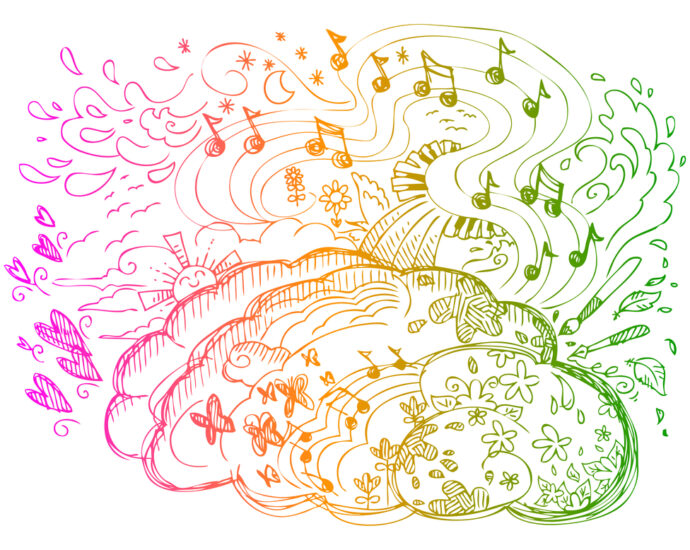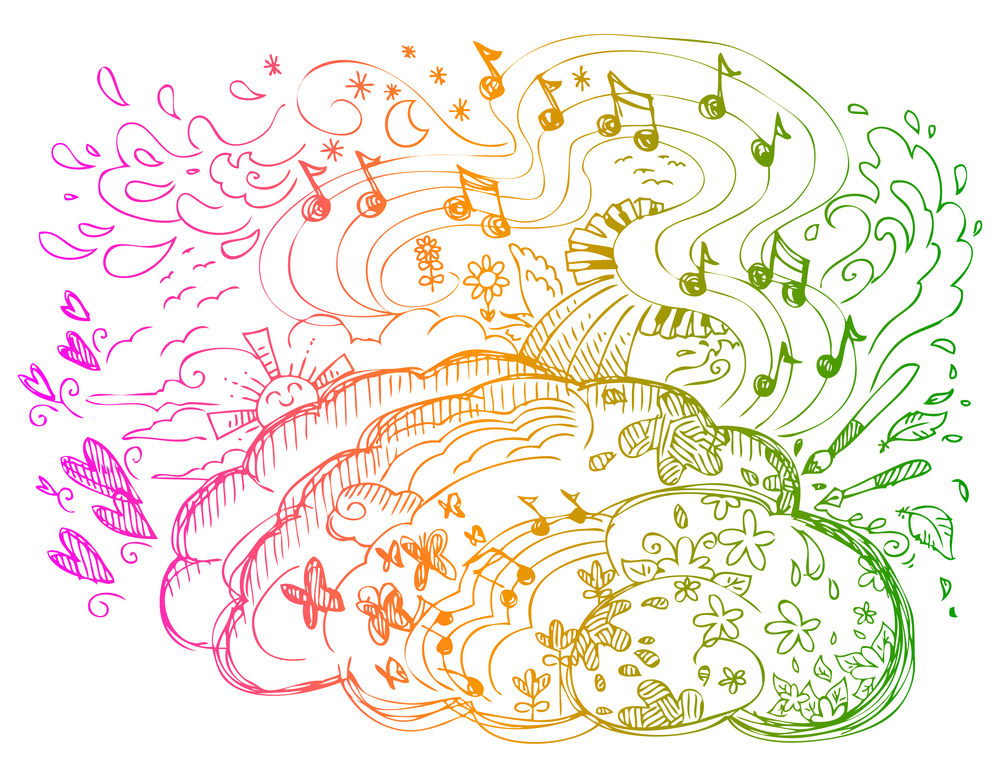The power of color psychology in marketing is undeniable, accounting for between 62 and 90 percent of the decision to purchase. Colors can increase or decrease appetite, enhance mood, strengthen memory, boost attention span, calm the mind, reduce the perception of waiting time, or encourage sales or conversations. You can attract customers and increase revenue by comprehending the psychology of individual colors.
Red, for instance, is a popular color for brands to use for the strong emotions they evoke. Red can stimulate hunger and depict traits such as courage, boldness, action, and passion. Green, on the other hand, typically brings nature to mind. Therefore, green is often employed in stores to promote environmental issues and calm customers. Blue is preferable to use to foster loyalty and draw customers back. Black is a color that conveys strength, confidence, stability, authority, and power or is associated with luxury goods. White is sometimes used to contrast against darker hues but generally evokes purity, simplicity, and innocence. Orange may make someone feel cautious, and it symbolizes creativity, adventure, enthusiasm, and friendliness. Additionally, orange can also increase oxygen to the brain and boost productivity. Yellow is frequently associated with cheer and optimism when it comes to branding. Pink is linked to femininity and evokes exuberance and love. Purple can be used to conjure regal feelings and encourages creativity and problem-solving.
As one can see, it’s crucial to take color psychology into account when marketing items due to its effect on consumers’ purchasing decisions. According to research, using color correctly enhances brand recognition by 80 percent. Additionally, it improves brand attractiveness by nearly 93 percent. The world of color can be complicated, though if one is consistent with the brand’s personality and its message to consumers, then they are bound to make productive design decisions.


